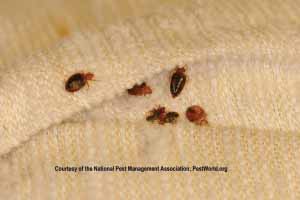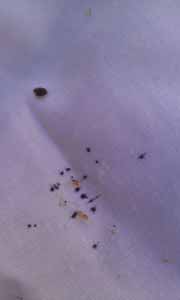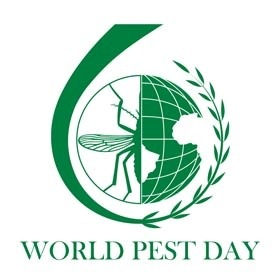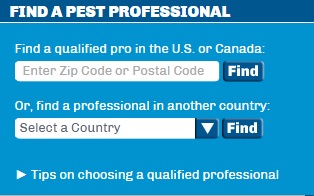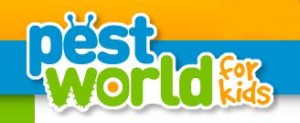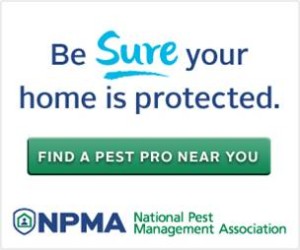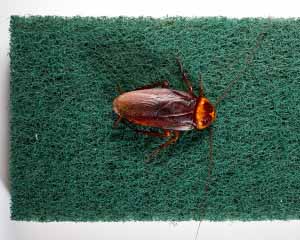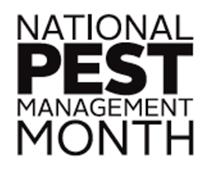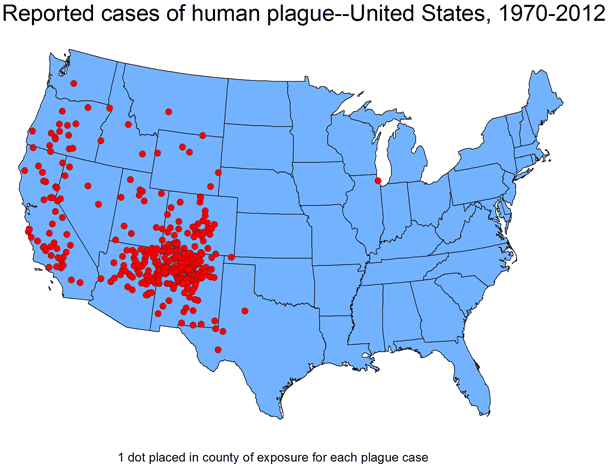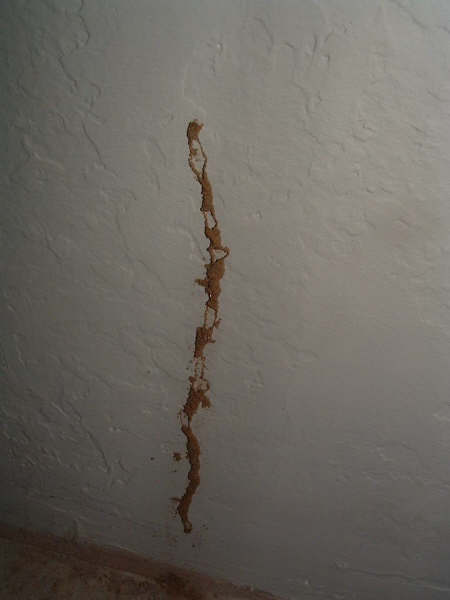Bed Bug Signs & control
Well it’s that time of year, school is out and the traveling begins. Whether at home or traveling for summer vacation, bed bugs could be a key concern. Although named for their habit of feeding on human hosts in bed, they can be found in all types of locations and items. To promote public awareness and to help avoid infestations, the National Pest Management Association (NPMA) has declared June 4-10, 2017 as BedBug Awareness Week. ProBest Pest Management is joining NPMA in this important public education effort by sharing common signs of a bed bug infestation to keep an eye out for this summer.
“Just like people enjoy traveling in the summer months, so do bed bugs, and they love using personal belongings like suitcases, boxes and shoes as a hiding place, just to be near a food supply,” said Keith V. Birkemeyer aka Dr. Bug, at ProBest Pest Management in Gilbert, Arizona. “With these biting pests being easily transported, it’s important to know the top signs of an infestation, so proper precautions can be put in place and to know when it’s time to call a licensed pest control professional such as ProBest 602-249-7378 or call us at 623- 414-0176 to assess the situation.”
Concerns
Dr Bug shares the following noteworthy signs and symptoms of a possible bed bug infestation:
- Small red to reddish brown fecal spots on mattresses, upholstery or walls
- Molt bed bug skins, their white, sticky eggs or empty eggshells
- Red, itchy bite marks, especially on the legs, arms and other body parts exposed while sleeping
- Very heavily infested areas may have a characteristically sweet odor
“During the summer, travel increases and so does the likelihood of encountering bed bugs. We strongly encourage the public to take extra precautions to avoid encounters with these biting pests,” added Dr. Bug.”
[embedyt] https://www.youtube.com/watch?v=iPdkNKRzajI[/embedyt] [embedyt] https://www.youtube.com/watch?v=dg5JHS5tPm8[/embedyt]

